There is no denying the fact that the cars with manual transmission are in abundance on Indian roads. Of course, why not? After all, it is the stick shift that is more engaging and fun to drive. Besides, it’s usually the manual transmission on which we all learnt driving or was it the automatic? let us know in the comment section below.
Keeping that aside, over time we develop some nasty habits which just might be killing your car’s manual transmission. Here are 10 things you should never do on your vehicle with a manual gearbox, it’ll definitely affect its longevity.
-
Avoid driving the car in half clutch.
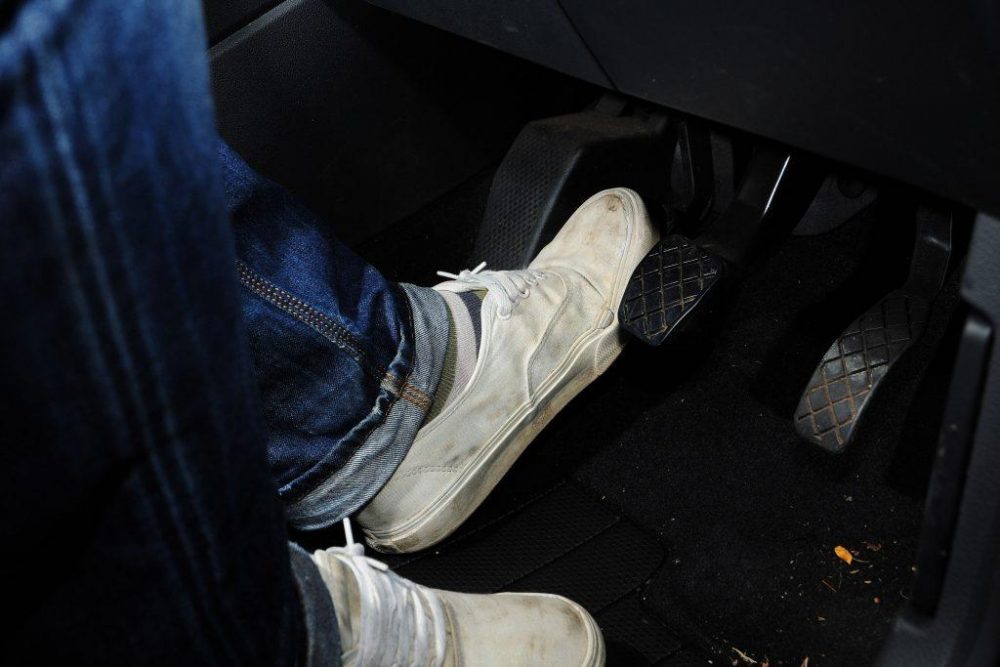
Half Clutch Driving | Image Source: (1) Traffic jams on Indian roads are inevitable, especially in all the metro cities. With that, it is so obvious that the clutch is engaged and disengaged often. But you might just be killing your clutch. In jams, drivers tend to run the car with the half clutch depressed. A clutch in a vehicle has two functions, to fully engage and fully disengage. If the clutch is half depressed, it will just rub against the flywheel producing heat. This can significantly reduce the life of the clutch and pressure plate.
-
Never Coast downhill in Neutral.
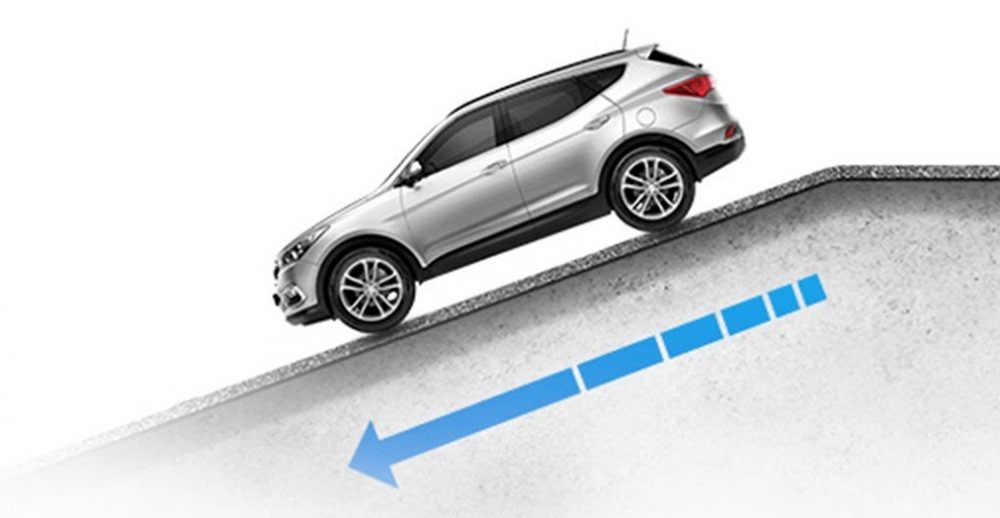
Coasting Downhill in Neutral is BAD in manual transmission | Image Source: (1) Driving on mountains is surely fun and breathtaking but in that enjoyment never coast the car downhill in neutral. You might think that this will reduce fuel consumption, but it is super dangerous. Firstly, it will reduce the overall control over your vehicle, as you’ll only be able to brake. Secondly, when going downhill, you’ll surely apply brakes and coasting in neutral will put unnecessary load on the braking system.
This excessive prolonged braking can lead to overheated brake rotors and in turn brake fade. It is always recommended to coast in 3rd or 4th gear depending upon the situation. This will lift some of the excessive load from the brakes and let the engine do some of the braking (engine braking).
-
Resting your left foot on the clutch paddle is harmful.
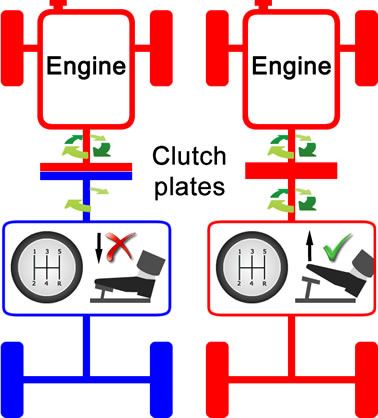
Riding the Clutch | Image Source: (1) Most of the modern cars with manual transmission come with a dead pedal to rest your left foot when cruising. Drivers tend to rest their left foot on the clutch paddle in the cars that are deprived of the dead paddle. Where you think you are not applying pressure when resting your foot on the clutch, well, let me tell you, you are ‘wrong’ to think so. As the clutch has some slack, resting your foot on the paddle can lead to the clutch bearing to engage with the pressure plate, increasing the friction. This can also reduce the mileage of the vehicle by many folds.
-
While braking, you should always depress the clutch.
Always depress the clutch when braking, a tip majorly for the new learners. This is one of the most common scenarios wherein people do apply the brakes but forget to disengage the clutch in-turn stalling the car. Well, stalling the car especially with transmission load will take a serious toll on your vehicle’s gearbox assembly. So, it is always advised to depress the clutch when braking, at least to begin driving with.
-
Never leave your car in neutral when parked.
In all the vehicles with automatic transmission, ‘Park’ is engaged whenever the car is parked. Well, the manuals are deprived of the park, so do we have to leave the car in neutral? Absolutely not, like the park in automatic, one should always engage either the first gear or reverse gear along with the parking brake (Especially when parking on slopes). Yes! we agree that the parking brake will save the car from rolling, but it’s always better to have a backup.
Download The GoMechanic App Now!
-
Never Grind the Gears.
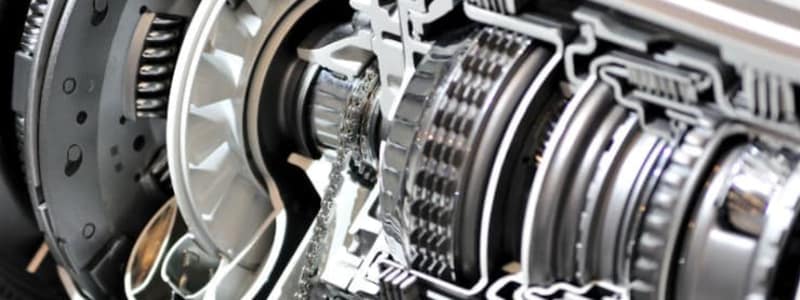
Avoid Grinding the Gears One of the most common driving mistakes is grinding the gears. The gears could grind majorly due to a couple of reasons. Either the clutch has not been disengaged properly or one might be fidgeting with the gear lever when the car in on the move. Grinding the gears gives a very unpleasant sound and the effects are even more unpleasant. Avoid shifting the gears with 50% clutch depressed, it should be either 0% or 100%.
-
Don’t leave the car in gear on a traffic light.
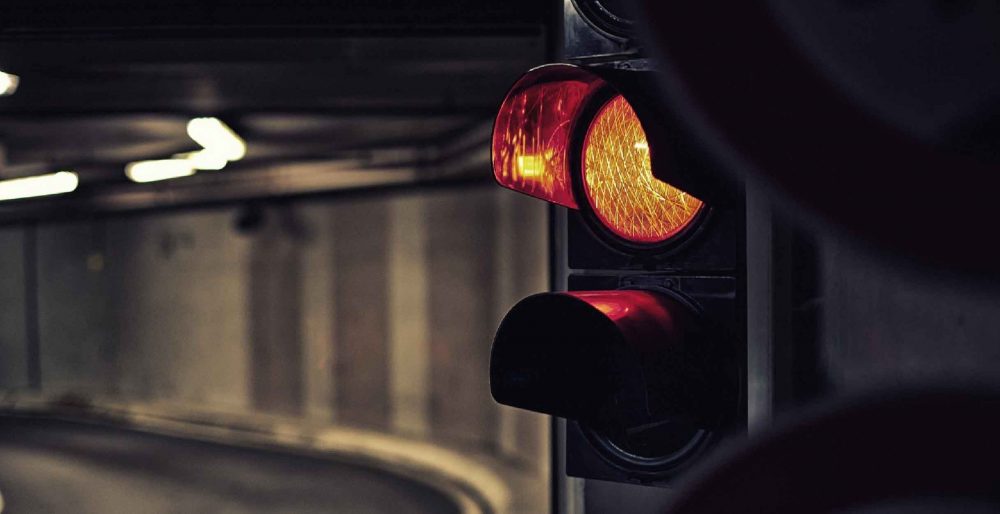
Never leave the car in gear on a traffic light Leaving the car on traffic lights with the 1st gear engaged, clutch depressed and brake pressed is also not a good idea. Firstly, the clutch paddle operates via springs, pressing the clutch for prolonged periods loads it for long periods. Moreover, one can also lose their concentration which might lead to stalling the car as the gear is engaged. One should keep the car in neutral with the parking brake engages, this would be the safest bet.
-
Never release the clutch too soon.
Operating the clutch is one of the typical tasks when driving a stick shift. One needs a precise judgement and adjustment for the clutch to extract the most out of the engine and gearbox combo. That said, going hooligan with the clutch like releasing it too soon after engaging the gears will put some unnecessary load on the clutch plate. The sudden contact between the flywheel and the clutch or friction plate could damage the whole system.
-
Don’t floor the vehicle when at low revs. (Avoid Lugging)

Don’t lug the engine Most of the petrol engines generate power in the higher spectrum of their revs. So, it is important to use the right gear for the right speed. It could be an act of laziness but putting the paddle to the metal in high gears could lug the engine. The engine, on tall gears, is relaxed and expects equally relaxed throttle inputs. This is for the case when cruising on the highway. But waiting for a sudden burst of power? never hesitate in shifting a couple of gears down. With this, the engine is happy, the transmission is happy and most importantly your wallet is happy.
-
Never use the clutch to hold the car on slopes.
Many of the modern vehicles come with hill hold assist even in the cars with a manual transmission. This would not be a problem in those as the car will apply the brakes for you to assist your climb up a slope. But it is all about the manual control in the vehicle deprived of this feature. That said, you should always hold the vehicle using the brakes instead of the clutch and the gas paddle. Holing a vehicle on a slope via the clutch will slip the clutch, inturn increasing the temperature resulting in more wear.
Also Read: BHP vs Torque | Which is the Real Deal and Why?
So, these were the things one should avoid doing in a manual transmission. Did we forget any things? Let us know in the comment section below. Happy Motoring!
Informative: Explaining The CVT Gearbox and Why It’s So Efficient!








11.Don’t even use the vehicle while driving a manual. It might damage the transmission
Hi Ajay,
We are afraid, but getting a proper hold of a manual transmission isn’t easy. 🙂
But wont engaging the clutch and brake together lessen the braking effect and also result in clutch wear and tear? I have been driving for 5yrs now and found that braking is better when the car is put into neutral and brake is pressed. Once a car mechanic told me that pressing the clutch and brake together actually reduces the braking and results in the locking of the brakes…. and also replacing brake pad is much cheaper than replacing the clutch.
Hi Reeni,
No, when depressing the clutch and the brake paddle together will not reduce the braking force. Also, the life of the clutch will not be hampered. Stay Pinned! 🙂
But wont engaging the clutch and brake together lessen the braking effect and also result in clutch wear and tear? I have been driving for 5yrs now and found that braking is better when the car is put into neutral and brake is pressed. Once a car mechanic told me that pressing the clutch and brake together actually reduces the braking and results in the locking of the brakes…. and also replacing brake pad is much cheaper than replacing the clutch.
good content !
Can i put my car into neutral or 1st gear after parking? My driving instructor said to put it in 1st but most of yt vids and some other instructors said put it in neutral. I’m confused now
Hey Demin
It is safe to put your vehicle in gear on parking because that ensures that it stays in its position even if the handbrake fails (it doesn’t happen quite often though)
Also, it initiates a very good habit of pressing the clutch whenever you start your vehicle up. considering there is no harm in leaving the gear engaged, you can leave it however you may like it